![rolling-stones-crossfire-hurricane-key-art-4[1]](http://www.filmnoirblonde.com/wp-content/uploads/2012/11/rolling-stones-crossfire-hurricane-key-art-41.jpg) Crossfire Hurricane/2012/111 min.
Crossfire Hurricane/2012/111 min.
“Crossfire Hurricane: The Rise of the Rolling Stones” the new HBO film by and about the Rolling Stones marks the 50th anniversary of the musicians who went from badass to beloved, from “moronic cavemen” to the greatest rock ‘n’ roll band in the world.
The enduring appeal of the Stones stems from superb music, a capacity to reinvent themselves and the forceful personalities of the players – by turns outspoken, irreverent, shy, clownish, sensitive, clever, acerbic, funny and raw.
The Stones’ quick trajectory to fame was, as Keith Richards notes, kaleidoscopic. So is this must-see doc. Images are culled from more than 1,000 hours of film and “Crossfire” zips through the days at lightning speed.
Early on, we see a label (July 25, 1972, a day before Mick Jagger’s 29th birthday) and not much is time-stamped after that. But the chronology isn’t hard to follow, given the film’s tight pacing and focus on the early years.
As narration, you hear the voices (but don’t see the faces) of originals Richards, Jagger, Charlie Watts and Bill Wyman (he left the Stones in 1993) as well as Mick Taylor, who replaced Brian Jones (Jones died July 3, 1969) and was with the band until 1974, and Ronnie Wood, who replaced Taylor in 1975. There are no talking heads, i.e. rock critics, industry types or pop-culture commentators.
Drawing on more than 80 hours of new interviews with the band, “Crossfire,” directed by Brett Morgen, is the Stones talking about the Stones. They discuss their nearly-overnight success and chaotic early tours (“A chemical reaction seems to have happened,” says a young Jagger in an archival interview), the genesis of Jagger and Richards’ song-writing collaboration, the decline and death of Jones, the 1967 drug bust at Richards’ Redlands estate and subsequent run-ins with the law over drugs, the disastrous violence at the Altamont Speedway Free Festival in 1969, their days in the South of France recording 1972’s “Exile on Main Street” and their transition from “the band everybody hated to the band everybody loves,” as Jagger puts it.
Richards sounds craggy and wry. Charlie doesn’t remember much and sees himself as a loner, not truly a part of the band somehow. Jagger’s intelligence and charm is just as fresh as they were in his first interviews – a motif throughout “Crossfire” is the extent to which Jagger’s live performances can be likened to that of an actor’s craft. There is also never-before-seen footage as well as previously unheard versions of Stones’ songs and rare live performances.
Collectively, the Stones seem to have two Zen traits that in addition to heaps of talent, chemistry and supremely lucky timing, have held them in good stead for five decades. They exist in the moment and they’re authentic, whether they’re composing in a makeshift studio, performing at a stadium or just plain debauching, Keith’s specialty. They also don’t appear to take themselves 100 percent seriously. That could be why so many people around the world have loved them for so many years. In addition to being wildly entertaining, they act as an inspiration – to be creative, to be oneself, to question authority, to enjoy life, to swagger.
“When we got together,” says Wyman, “something magical happened.” A half-century later, the magic shows no sign of stopping.
“Crossfire Hurricane: The Rise of the Rolling Stones” will play several times on HBO and HBO2 through Nov. 29. (It debuted Nov. 15.)





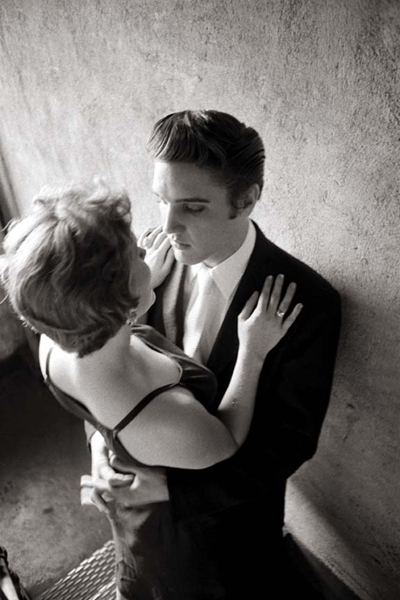
![marianne+faithfull[1]](http://www.filmnoirblonde.com/wp-content/uploads/2012/07/marianne+faithfull1.jpg)
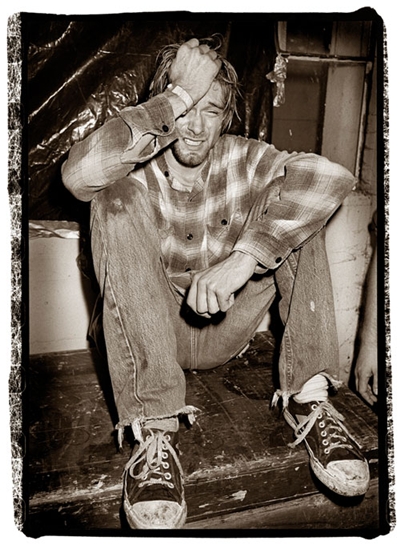

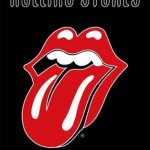
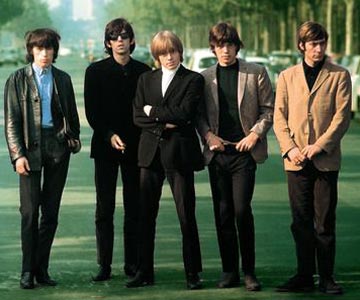

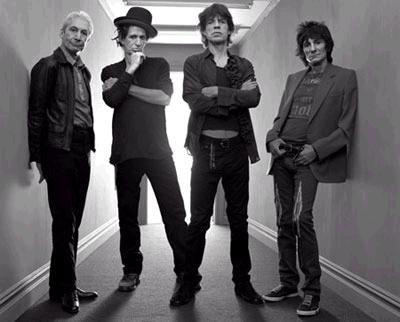
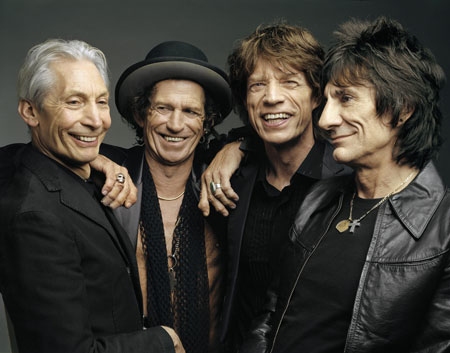
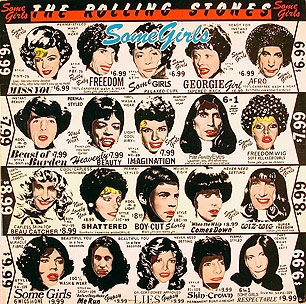





From FNB readers